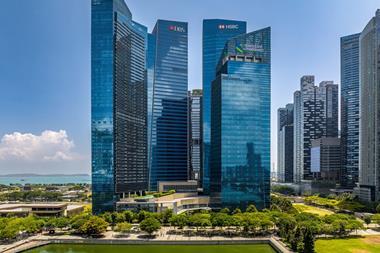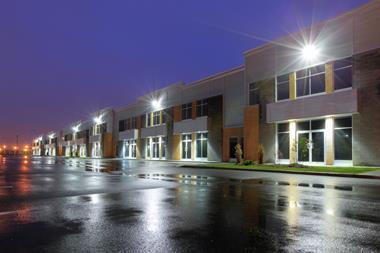Outstanding UK commercial property debt is on course to fall to a 10-year low, according to De Montfort University.
The amount of unrepaid debt fell by 1% in the first half of this year to £163.7bn (€226m).
De Montfort’s report said strong levels of new loan origination mean that the total amount could increase, however, for the first time since the recession.
The half-year edition of the De Montfort Commercial Property Lending Report concludes that the decline in total real estate debt since 2008 “appears to have almost halted” and could be reversed by year-end.
The value of new loan originations in the first half of this year was £24.7bn. This was the highest half-year value reported to the research since £49.2bn recorded for the first six months of 2007.
The value of distressed loans fell from £23.2bn at year-end 2014 to £15.7bn at mid-year 2015.
Ion Fletcher, director of policy at the British Property Federation, said: “We seem to have reached a turning point in the amount of commercial property debt in the market, with the impact of post-crisis deleveraging almost totally cancelled out by new lending.”
The proportion of loans with a loan-to-value (LTV) ratio of less than 70% has continued to grow in the first half of 2015, representing 80.5% of the £135.5bn of outstanding debt of traditional lenders and allocated to investment projects. Outstanding debt with an LTV ratio of between 71% and 100% fell from 14.3% of the total, (£20bn) at year-end 2014 to 12% (£16bn) at mid-year 2015.
Interest rate margins for senior debt continued their three-year long decline. However, De Montfort said the pace of decline moderated considerably. The report suggests that that “the floor in interest-rate margins may have been reached”.
Following a surge in non-traditional lenders in 2014, UK banks and building societies remained the dominant lenders in the market, holding 76% of all loan originations at half-year 2015, compared to 75% at year-end 2014.










